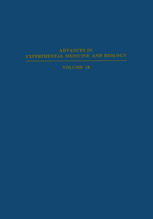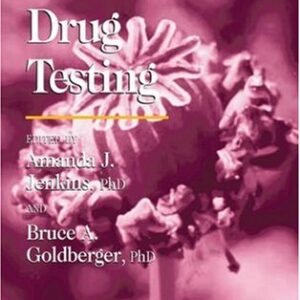These proceedings are composed of three parts: 1) the indi? vidual papers, 2) their discussions, and 3) a retrospective summa? tion of the meeting’s deliberations. If we were to suggest a start? ing place for reading it would probably be the summation –it at? tempts to place the various papers and discussions into a general context and to point out relevant ideas of current knowledge and of potentially useful avenues for further research. The papers and discussions deal more specifically with the indiviaual topics. It is hoped that the tone and tenor of the meeting are some? what reflected in its proceedings. The emphasis today in biological research is quite “ecumenical” in outlook in that often techniques and conclusions from one discipline have relevance and applicability to another. For example, the elucidation of the DNA synthetic stage during interphase was first accomplished with botanical material; this technique has since had a broad and significant role in medical research. Also, the pioneering and now classical studies regarding the effects of ionizing radiation on plant chromosomes were, and still are, the foundation for studying mammalian chromosomes: it re? quired only the discovery of a hypotonic medium to achieve spreading of them so that similar types of analyses were possible. Plants and plant cells have many unique features which allow them to be useful either for the study of specific botanical problems, or for studying broad biological principles.
Medicine
{PDF} The Dynamics of Meristem Cell Populations: The Proceedings of a conference jointly organized by the Department of Radiation Biology and Biophysics, The University of Rochester, and the Department of Biology, Syracuse University, and convened at Rochester, New York, August 19?21, 1971 John G. Torrey (auth.), Morton W. Miller, Charles C. Kuehnert (eds.)
$9.99





Reviews
There are no reviews yet.